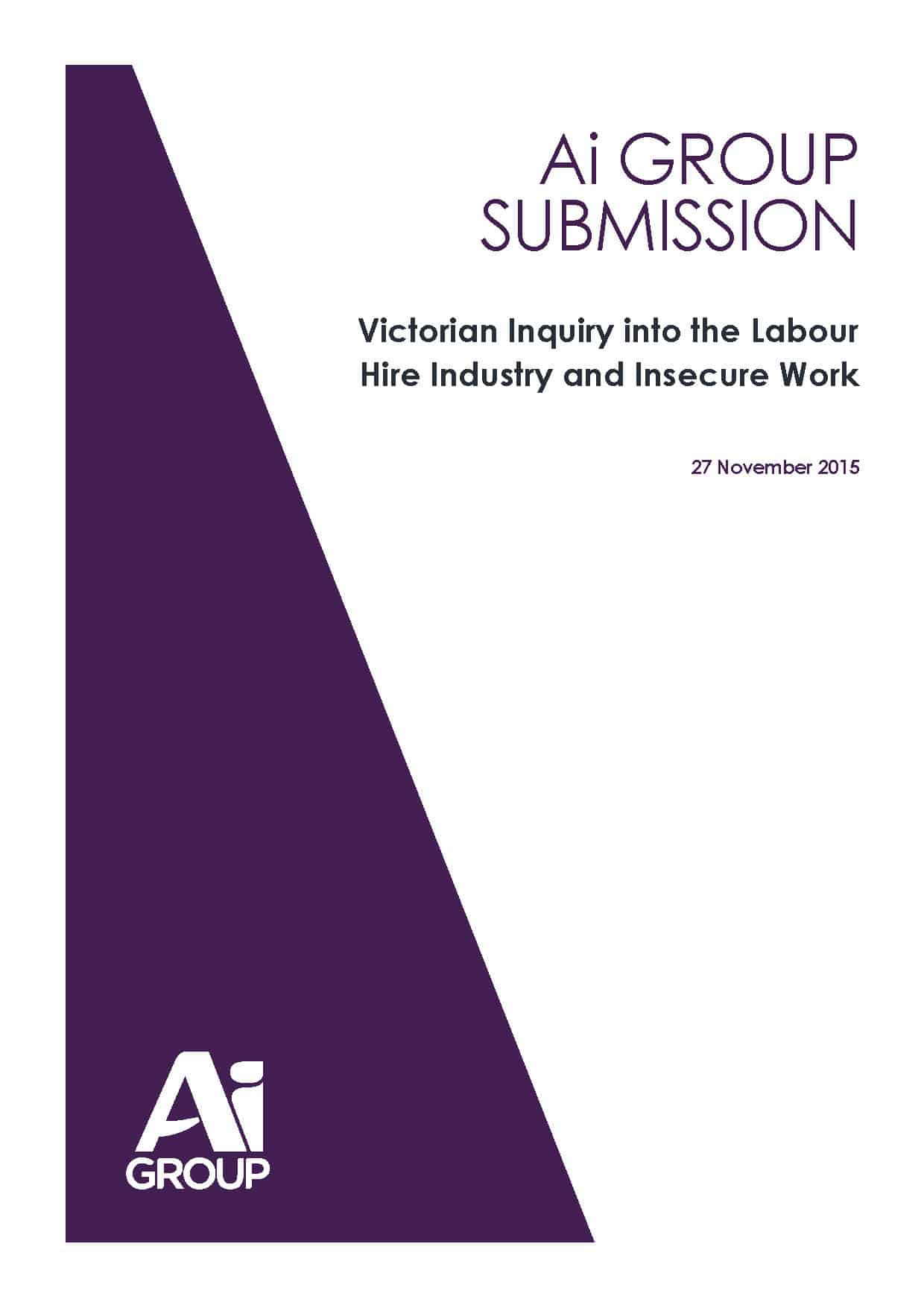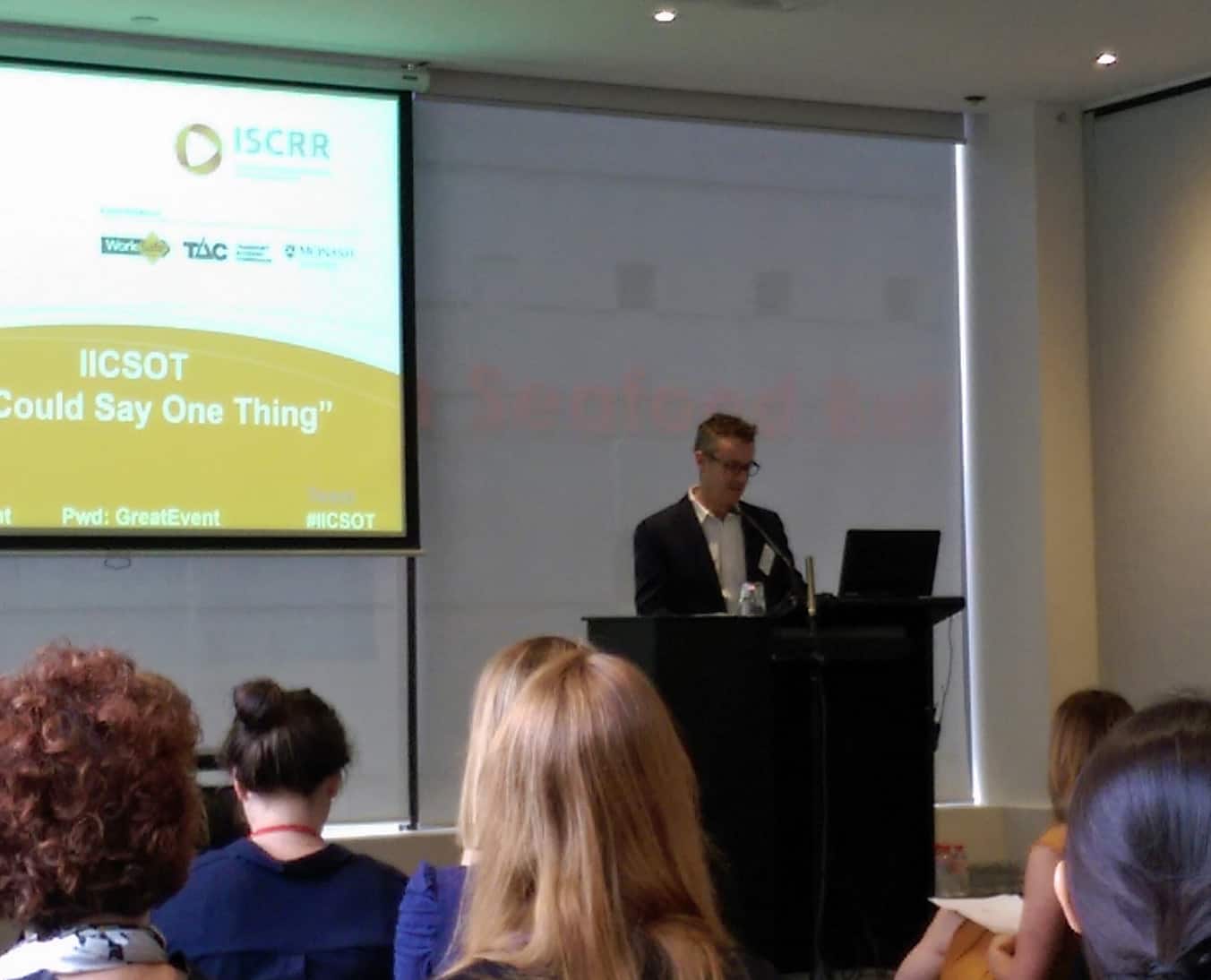Australia’s latest Prime Minister, Malcolm Turnbull, has a strong background in technology investment and is urging the country to embrace innovation. This has generated a focus on information technology start-ups but it may also create opportunities for occupational health and safety (OHS) professionals, if they are willing to change.
There has been a quick growth in

 The public submission phase for the
The public submission phase for the  At lunchtime today, the
At lunchtime today, the 